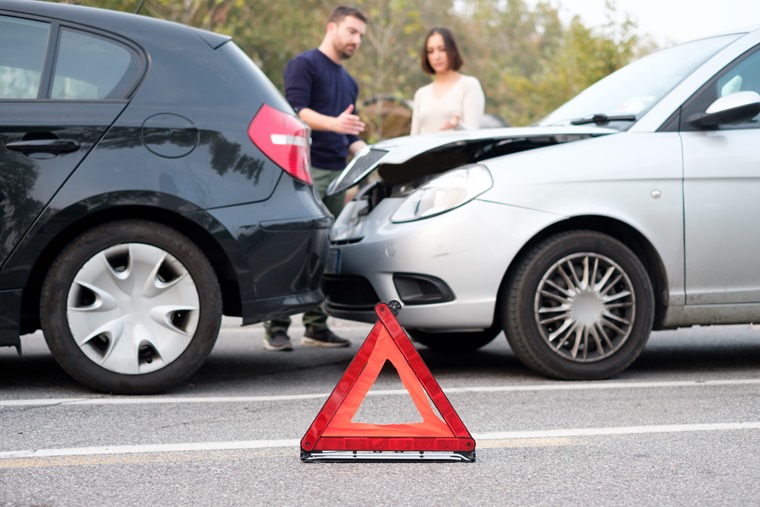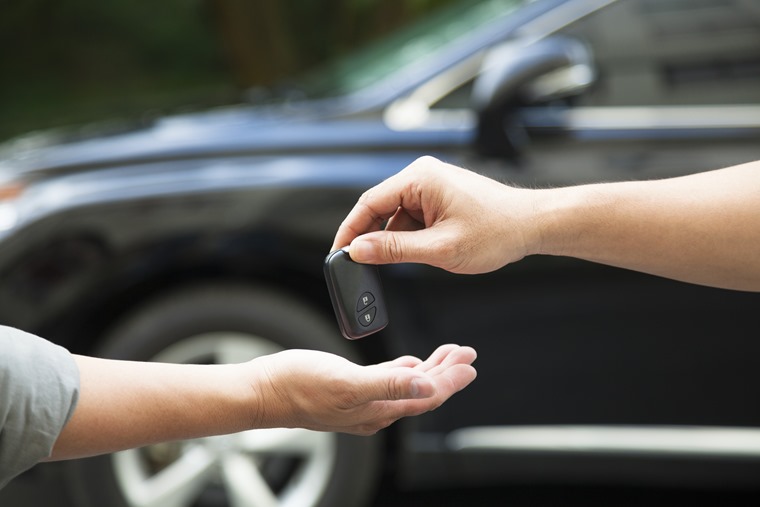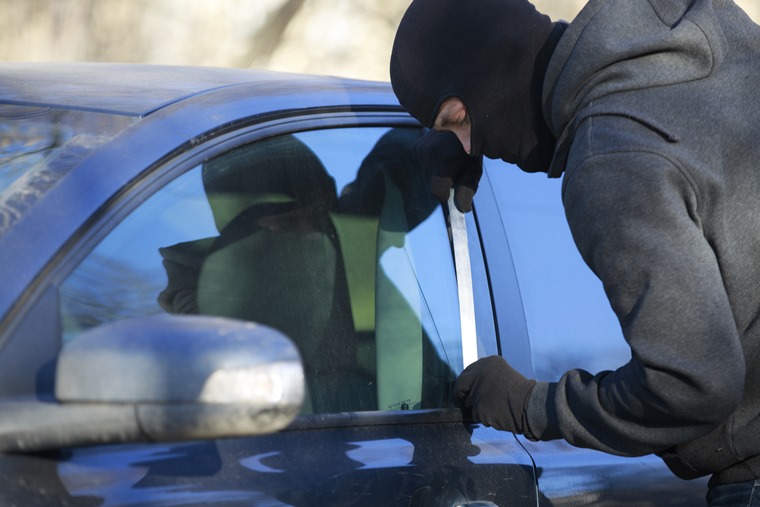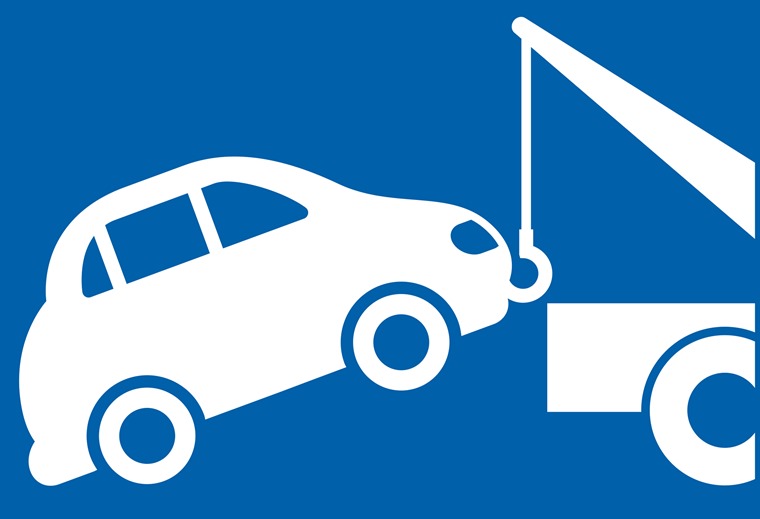The ultimate guide to GAP insurance
Back to 'Expert guides'Leasing a car is a big deal and you want to ensure your precious new wheels are protected.
Our guide to Guaranteed Asset Protection (GAP) insurance explains what GAP insurance is, how it works and how to find information on gap insurance prices in case the worst does happen.

What does GAP insurance cover?
Your regular car insurance policy will only pay out what your car is worth at the time of any accident or theft. Your cars value is likely to be much less than what you paid for it because of how cars depreciate.
Guaranteed Asset Protection (GAP) insurance covers the shortfall between your insurers current market valuation and the original total cost of the car, which means you have the funds available to repay any remaining lease or finance repayments on the car.
Are there different types of GAP insurance?
Yes, there are five different types of GAP insurance which all supplement the pay-out you receive from your car insurer in different ways. The different types of gap insurance are:
1. Lease (or contract hire) GAP insurance
2. Return to Invoice GAP insurance
3. Return to Value GAP insurance
4. Vehicle replacement GAP insurance
5. Finance GAP insurance
If you’ve leased a car it will be Lease GAP insurance that you’ll be most interested in. Read on to find out more.

What is Lease GAP insurance?
In the event of your vehicle being written off in an accident or stolen, Lease and Contract Hire GAP Insurance can offer priceless financial protection.
It will pay the difference between the outstanding lease agreement balance and the settlement you receive from your motor insurer.
Cover will also include up to a maximum of £250 towards the excess of your motor insurance policy.

So is GAP insurance worth it?
GAP insurance for car lease agreements is not a legal requirement like motor insurance. However, it could prove a shrewd financial decision if your vehicle were to be declared a total loss.
If your car got stolen or was written off and you had not taken out a GAP Insurance policy, the leasing company would expect you to pay off the remainder of the lease.
This could run into many thousands of pounds versus the cost of GAP insurance which is usually several hundred pounds. Gap insurance premiums can also be paid for through monthly instalments.
What happens when my car has been declared a total loss?
If your vehicle is written off and you have taken out a lease agreement, the next steps will be as follows:
1. Your motor insurer will confirm your car is a total loss.
2. A settlement figure is requested and subsequently received from your leasing company.
3. Your GAP insurance provider will pay the difference between the motor insurer’s settlement and the total remaining lease payments on the vehicle, ensuring that you have nothing to pay.
4. If you have chosen to purchase initial rental protection as an add-on to your main lease GAP insurance policy, the initial rental on your lease agreement will also be refunded up to a maximum value of £2,000.

Does lease GAP insurance cover me if I’m at fault?
Yes, if your car is written off in an accident that was your fault, your Lease Gap Insurance will still cover you. However, some exclusions apply. For example, if the driver is under the influence of alcohol or non-prescription drugs, the policy will not be valid.
The same goes for any illegal activity, fraud or an act of wilful negligence. Please see your new car gap insurance policy wording for a full list of the exclusions.
Can GAP insurance be cancelled?
Yes, if you wish to discontinue your policy then you can cancel. Usually, to be entitled to a refund you need to do this within 14 days of the cover’s start date.
However, some providers offer a grace period of up to 30 days. Beyond that period, there may be a cancellation fee and then your refund will be on a pro-rata basis.
Can GAP insurance be purchased later?
Yes, a lease GAP insurance policy can be purchased at any time. However, it’s generally a good idea to purchase lease GAP insurance from the day your new vehicle is delivered so that you’re protected for the full term of your lease agreement.

Does lease GAP insurance cover my motor insurance policy excess?
Sometimes. Not all GAP insurance providers offer this benefit but our partner – Direct Gap – does provide excess cover for up to £250 in the event of a total loss claim.
Excess cover is a requirement to achieve independently rated five-star insurance status, as held by Direct Gap.
What is the vehicle purchase price that I should use to calculate the cost of the policy?
For lease vehicles you should use the P11D value of the vehicle. You should exclude all deposit allowances, discounts, rebates, concessions, cashbacks, incentives and contributions.
Also exclude new vehicle registration fees, road fund licence fee, number plates, warranty costs, insurance premiums, fuel and other extras.
Can I protect the initial rental on my lease agreement?
Yes, an optional add-on is available to cover your initial rental up to £2,000.
Can anyone drive my vehicle and still be covered by Lease GAP insurance?
Yes. Your Lease GAP Insurance will include all drivers provided that they are covered on your comprehensive motor insurance policy to drive the vehicle as the named driver.
How do I get lease GAP insurance?
Leasing.com has partnered up with industry-leading GAP insurance provider Direct Gap. You can gest fast, personalised quotes from just £69. Click on the link below to find out more and get that peace of mind when driving your new lease car.